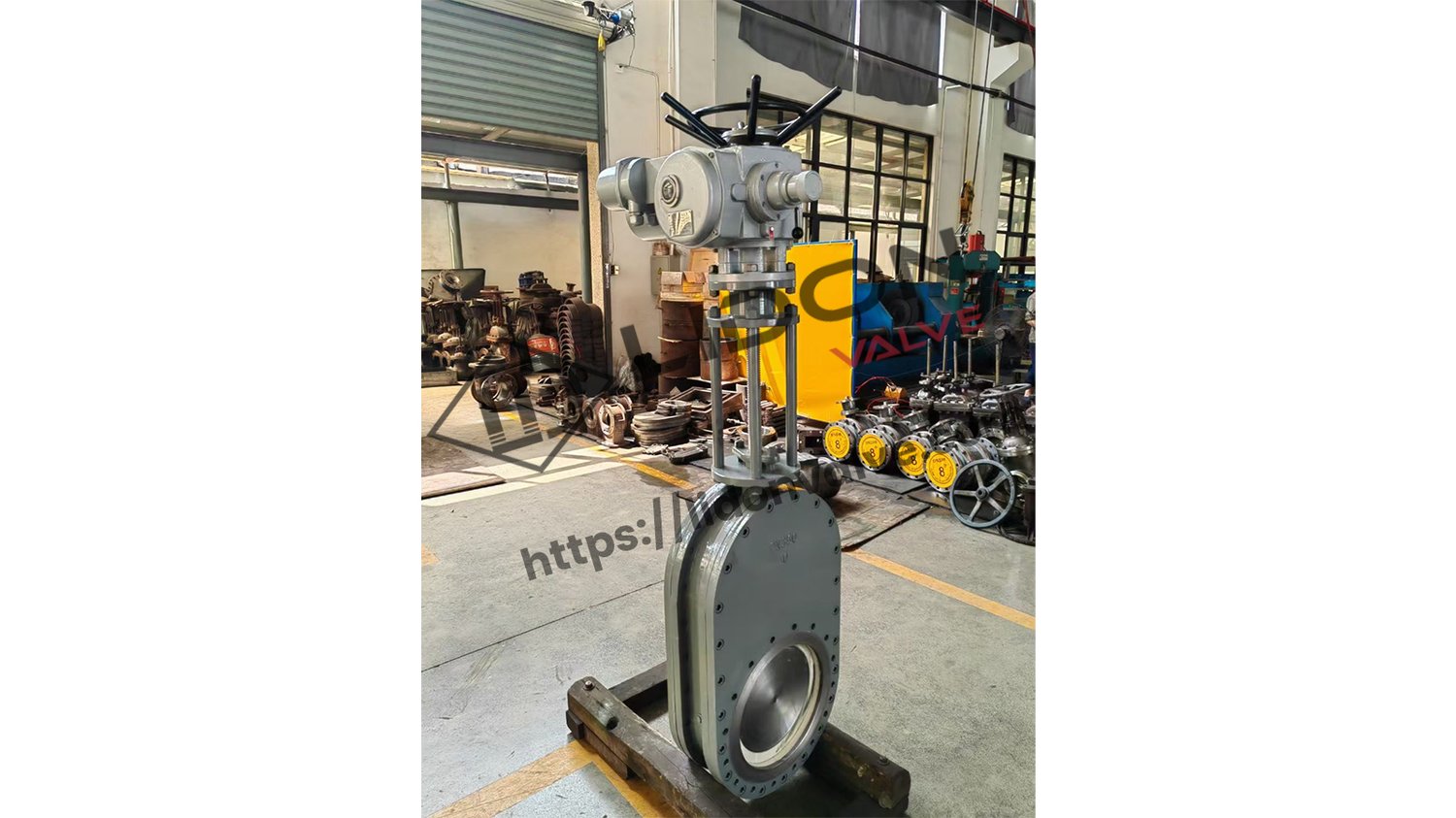Valves are an essential component of many industrial operations. They can regulate the flow of different types of fluids, such as liquids, gases, and steam. But How do you tell if a valve is fail open or closed?? In this article, we'll discuss the common ways to identify a fail open or closed valve.
What is a Fail Open Valve?
A fail open valve is a type of valve that will remain fully open if the actuator or control system of the valve fails. In other words, if there's a power failure or another issue that prevents the valve from properly operating, the fail open valve will remain open, allowing the fluid to pass through.
What is a Fail Closed Valve?
A fail closed valve, on the other hand, is a type of valve that will remain fully closed if the actuator or control system of the valve fails. If there's a power failure or other issues, the valve won't open, and the fluid flow will be prevented.
Check the Valve's Manufacturer Specs
One of the easiest ways to tell if a valve is fail open or fail closed is to check the manufacturer's specs. These are usually included in the valve's documentation or manual. The manual will also include instructions for proper operation, troubleshooting steps, and other useful information.
Check the Valve Position
Another way to tell if a valve is fail open or fail closed is to check its position during normal operation. When the valve is operating correctly, is it fully open or fully closed? If the valve is fully open during normal operation, it's likely a fail open valve. If the valve is fully closed during normal operation, it's likely a fail closed valve.
Consult an Expert
If you're having trouble identifying if your valve is fail open or fail closed, you can consult an expert. There are valve technicians and engineers who specialize in valve maintenance, repair, and installation. They can help you identify the type of valve you're dealing with and provide advice on how to properly operate and maintain it.
Check the Power Source
If the valve is powered by electricity or pneumatic pressure, you can check the power source to determine if it's fail open or fail closed. If the valve is powered by a solenoid or motor, it's likely a fail closed valve. If the valve is powered by an air-operated diaphragm, it's likely a fail open valve.
Check the Control System
You can also check the control system of the valve to determine if it's fail open or fail closed. If the control system is designed to stop the flow of fluid when it loses power or air supply, it's likely a fail closed valve. If the control system is designed to let the fluid continue flowing when it loses power or air supply, it's likely a fail open valve.
Check the Valve Actuator
The valve actuator is another component that can help you identify if the valve is fail open or fail closed. If the valve actuator is a spring-return type, it's likely a fail closed valve. If the valve actuator is a double-acting type, it's likely a fail open valve.
Perform a Functional Test
If you're still unsure about the type of valve you're dealing with, you can perform a functional test. This involves simulating a failure in the valve's control system or actuator to see if the valve remains open or closed. You can then observe the valve's position and determine if it's fail open or fail closed.
Final Thoughts
In conclusion, determining if a valve is fail open or fail closed is crucial for proper operation and maintenance. By checking the manufacturer's specs, observing the valve's position, consulting an expert, checking the power source and control system, checking the valve actuator, and performing a functional test, you can identify the type of valve you're dealing with.

